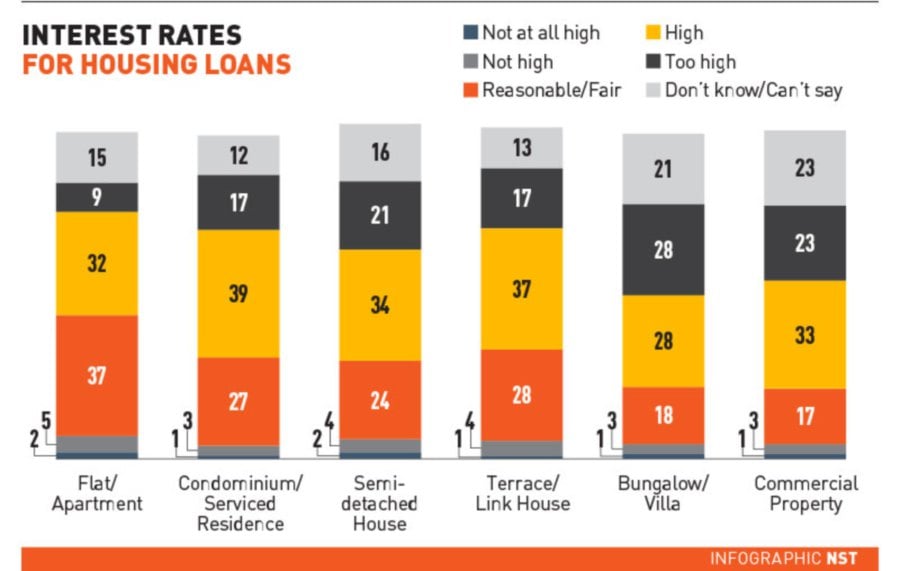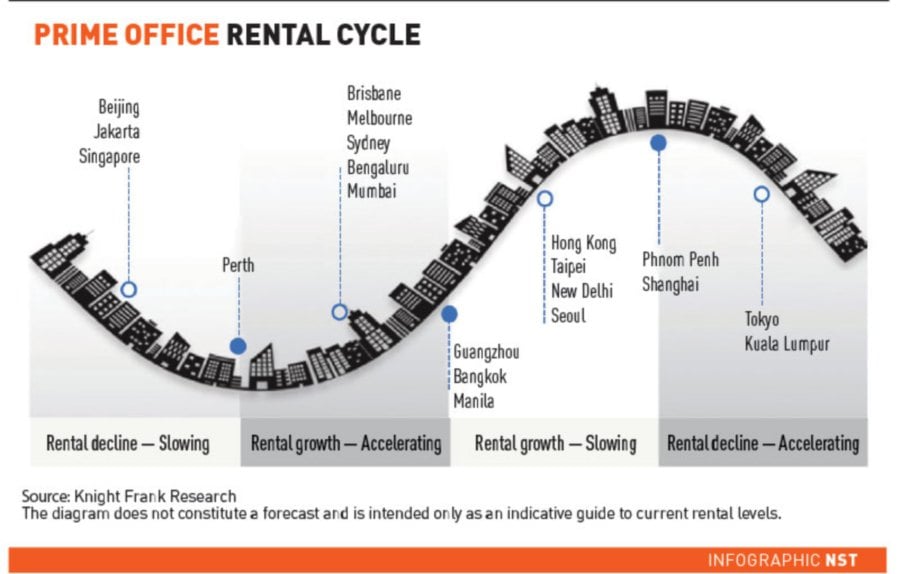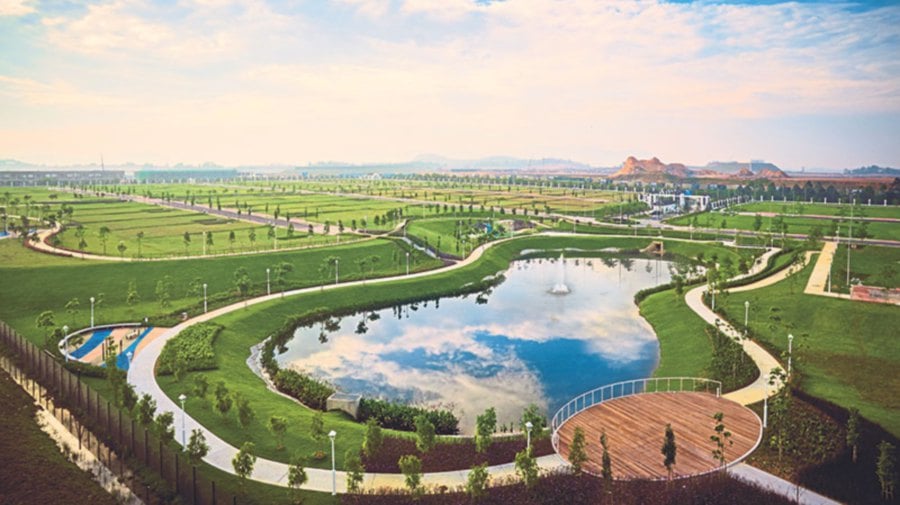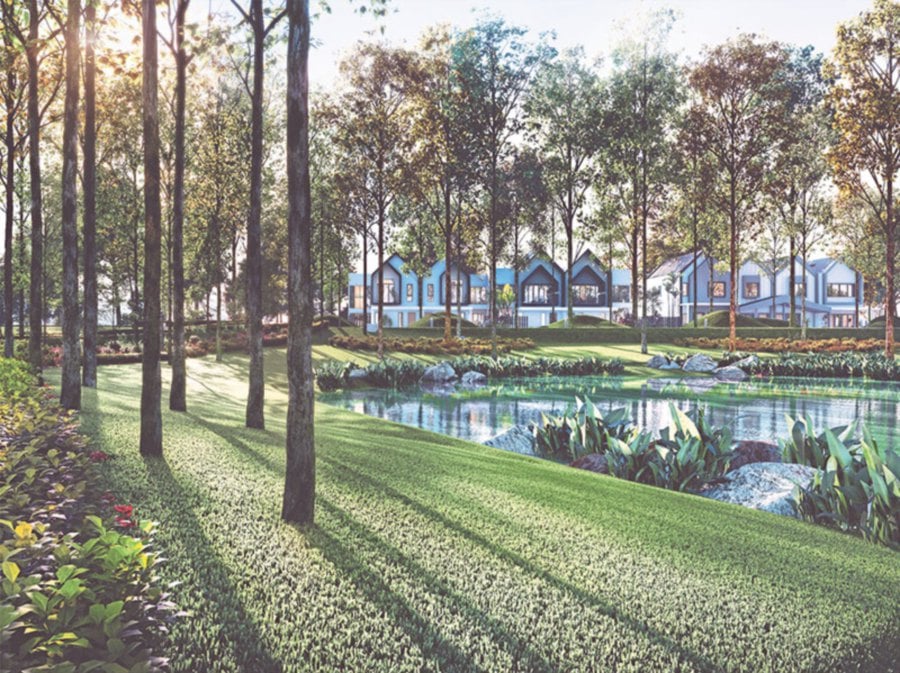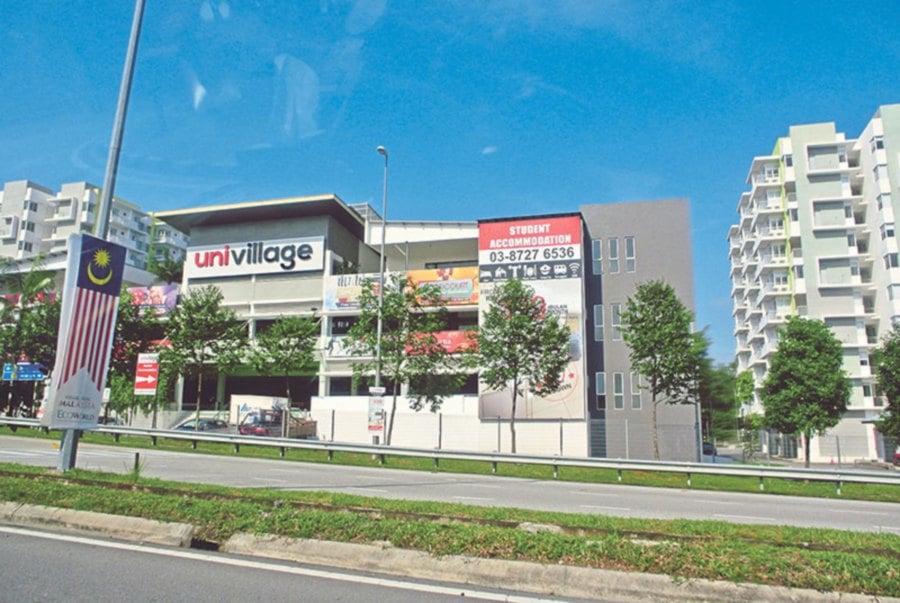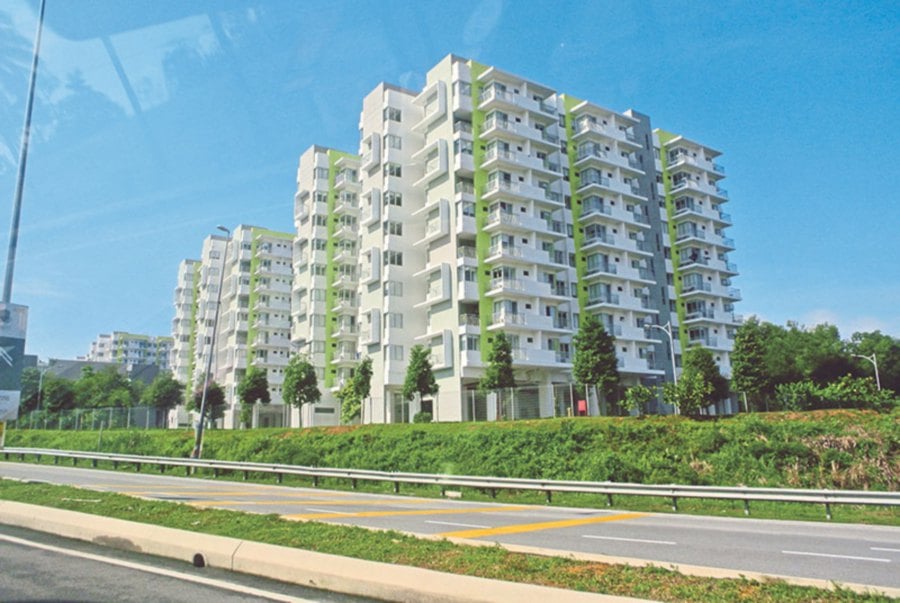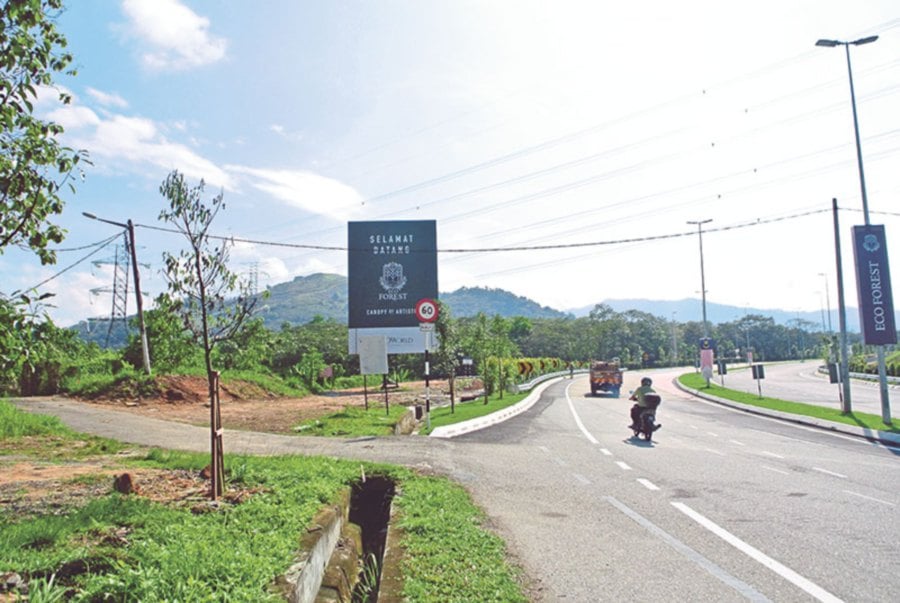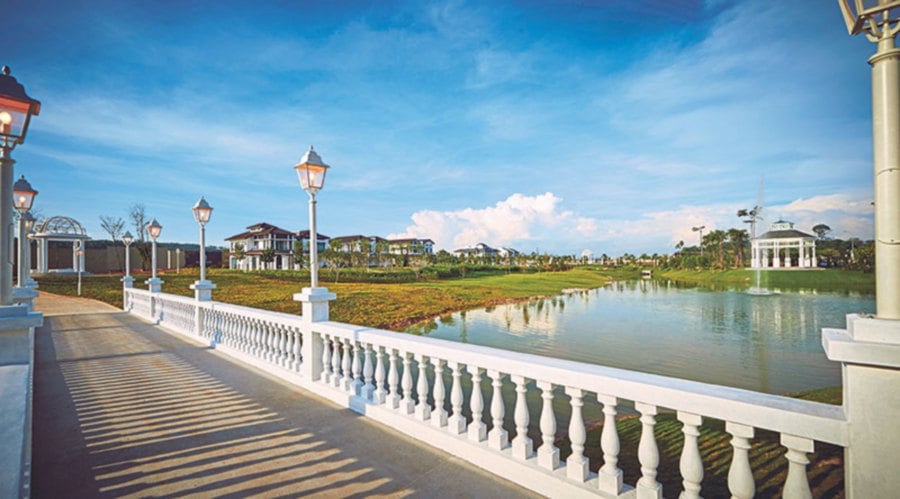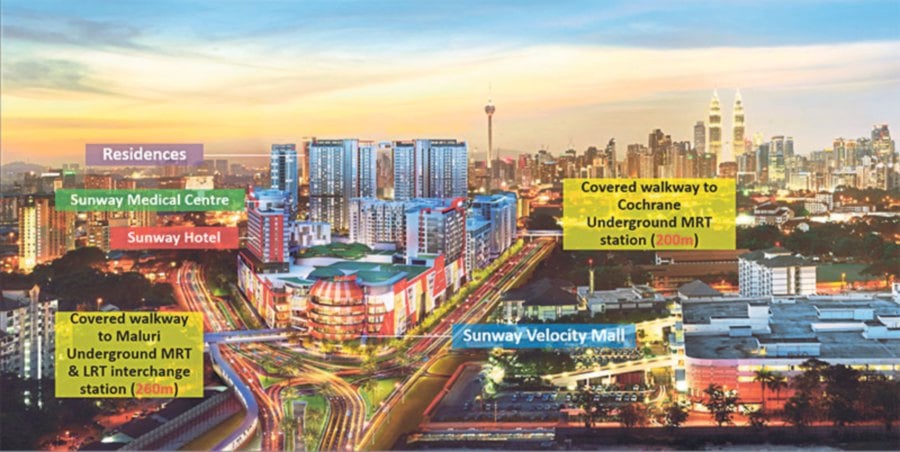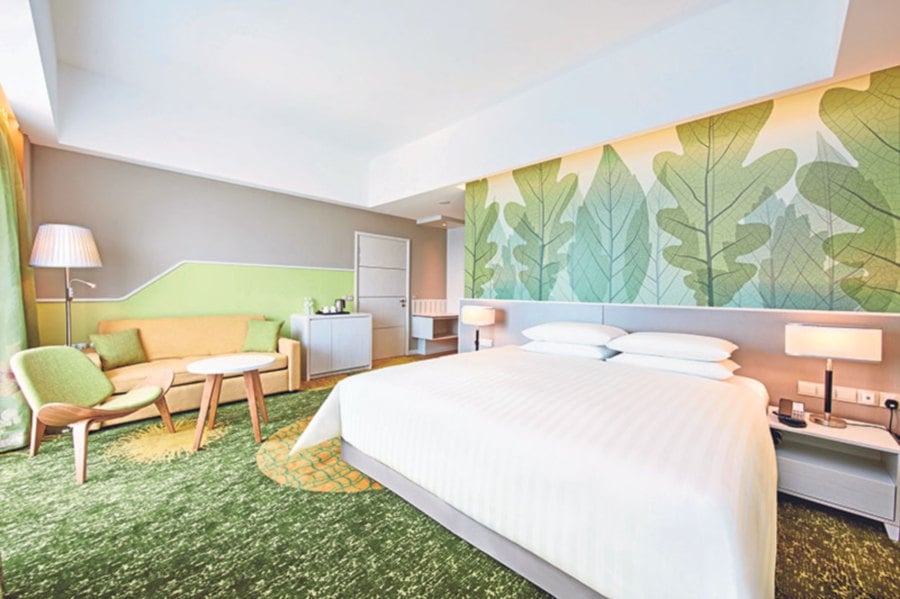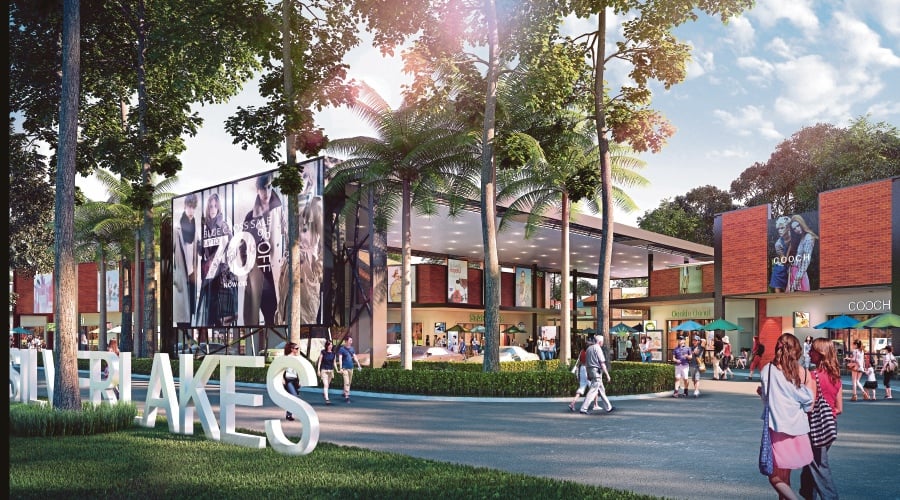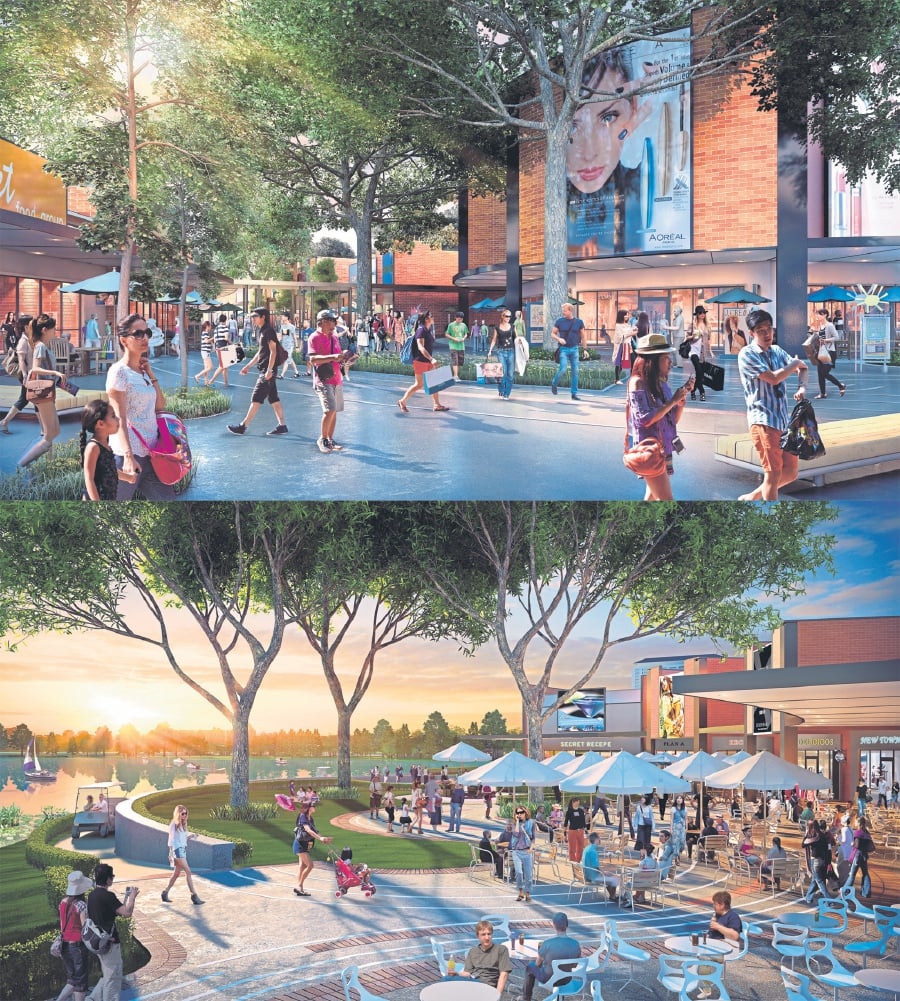FOOD INFLUENCES HOLIDAY DESTINATION FOR 76 PERCENT OF APAC TRAVELERS
According to the Airbnb Asia Pacific (APAC) Travel survey,
Asia Pacific (APAC) travelers are getting more adventurous with 71% of people
surveyed emphasizing the importance of trying local cuisines on vacation, and 6
out of 10 (59%) travelers keen to try new experiences or activities.
That’s why Airbnb has partnered with four high profile and
award winning chefs: Chef Manish Mehrotra (India); Chef Tony Yoo
(South Korea); Chef Ian Kittichai (Thailand); and Chef Koh Kentetsu (Japan)
for the Airbnb Kitchens of Asia initiative, which encourages travelers
to try authentic Asian dishes and delicacies that capture the flavors of India,
Japan, South Korea and Thailand.
APAC women travelers
are more adventurous when it comes to trying new cuisines
The Airbnb APAC Travel survey (the Survey), which was
conducted in seven countries - Australia, China, India, Japan, Singapore, South
Korea and Thailand - found women travelers
from China (73%), India (74%), Japan (80%), Singapore (84%), South Korea (59%)
and Thailand (69%), are more inclined to feel it is important to sample local
cuisine than their male countrymen. The only exception is Australia where men
are more keen to try local dishes (76%) compared to 71% of women.
Comparatively, in general, Singaporean travelers are most
likely to want to try local food (81%) whereas only 58% of travelers from South
Korea do.
Thai travelers over
55 prove more open to trying new flavors than millennials
In Australia (77%), China (65%), India (72%), Japan (83%),
Singapore (79%) and South Korea (59%), the 18-24-year-old age group is most
open to new ideas and the importance of trying local foods. Yet surprisingly,
in Thailand, it is the over 55s who are more open to trying new flavors and
cuisines on their vacations (82%).
Moreover, while 76% of APAC travelers say local food
influences their choice of holiday destination it increases to 87% for Indian travelers
and dips to 62% for Thai travelers.
Travelers don’t have to miss out on trying local cuisine - 80% of
Airbnb listings have kitchens
Findings for the Survey showed almost half of APAC travelers
(46%) are reluctant to cook in their accommodation due to the lack of kitchen
facilities, while 41% do not want to spend time cooking or shopping on holiday
and 43% have a preference to eat out and try local dishes.
However, more than 80% of Airbnb listings in APAC have
kitchen facilities, allowing travelers the flexibility of preparing their own
meals whether they are staying in a treehouse, beach villa, loft apartment or
cozy city flat.
In addition, even the most reluctant adventurer and
time-poor traveler can explore local flavors quickly and easily. The Airbnb
Kitchens of Asia collaboration brings together these four renowned Chefs and
Airbnb ‘foodie’ hosts to share their twist on a selection of authentic Korean,
Indian, Japanese and Thai recipes created using 10 ingredients or less, or that
can be made in under 30 minutes.
One fifth of solo travelers
cook on vacation, compared to 46% of family travelers
When vacationing with family, travelers do not always have
the opportunity to explore the local food scene. In fact, the Survey revealed
that 46% of travelers are more likely to cook in their accommodation when they
travel with family as compared to only 21% of solo travelers, so this Chef
collaboration ensures families do not miss out on the whole local food
experience, and what’s more can continue to explore the flavors of their
vacation once they return home.
There are regional variations to the findings, with family
groups traveling from Japan least likely to cook with just 23% keen to do so.
On the other hand, 46%, 47%, 64% and 66% of Indian, Chinese, Thai and South
Korean travelers respectively would be more likely to cook in their
accommodation when they are traveling with their families.
Six of out 10 travelers
like to try new experiences and activities
As well as wanting to try local cuisine, the survey found
that 59% of all APAC travelers interviewed want to try new activities or
experiences on holiday. This rises to 70% of Singaporean, 68% of Indian and 65%
of Australian travelers who are keen to try something different and new.
Japanese travelers are the least likely to embrace new activities and
adventures at 31%.
As well as providing a variety of listings from home hosts
to entire homes, Airbnb offers a variety of F&B Experiences for individuals
who love all things food. Whether you want to forage for lunch in Delhi, take a
market tour and learn authentic Sobaan cooking in Korea, or master making Miso
in Japan, Airbnb has you covered.
“Our Survey has shown that people across the region,
irrespective of age or gender, have a desire to really experience the places
that they travel to, not just visit. Food is such an influence on destination
decision-making, and is also one of the easiest ways that you can immerse
yourself into a local culture or community, whether travelling with your family
and friends, or alone. For that reason, the Airbnb Kitchens of Asia initiative
brings together four of the best Chefs from the region - Chef Ian Kittichai;
Chef Manish Mehrotra; Chef Koh Kentetsu; and Chef Tony Yoo - and our community
‘foodie’ hosts who share their culinary ideas. The result is a series of great
tasting recipes packed full of the essence of Indian, Korean, Thai and Japanese
cuisine for travelers to re-create either on vacation at an Airbnb listing or
once they are back home,” said Siew Kum-Hong, Regional Director, Asia Pacific,
Airbnb.
Kitchens of Asia – APAC Listings
Mumbai
Tastefully furnished and conveniently located, this
apartment comes with a functional kitchen and comfortable seating space for
everyone.
Goa
This home comes with a fully equipped kitchen and a cosy
dining space, perfect for the group getaway.
Jeju
Apart from having a sky garden with a Hinoki bathtub, the
spacious kitchen and dining area offer lots of utility for families.
This stonewall house was built based on the host’s parents’
house and offers you a home away from home with its open dining and kitchen
concept.
Tokyo
The perfect roomy home that will suit all your cooking and
dining needs!
If you are seeking for a cozier space, this bar-style
kitchen has everything you need to whip up a quick meal.
Bangkok
With its concrete tops and deep sinks, this industrial loft
in Bangkok has the kitchen that would please any minimalist.
The open kitchen and bar counter provides a perfect place
for families to gather around during mealtimes.
Bali
Set on the Ayung river valley and made entirely out of
bamboo, this bamboo villa has a fully equipped kitchen that is both beautiful
to look at and super functional for travelers who want to cook.
Overlooking the Bali Sea, this dining experience is the
perfect place to relax and recharge with your family and friends.
Sydney
Overlooking Woolloomooloo and featuring an amazing kitchen,
this home will be perfect for anyone who enjoys cooking with a great view.
Complete with stainless steel tops and appliances, this gas
kitchen will be every cook’s dream. The rooftop will provide guests with a view
and an alternative outdoor dining space.
Ever imagined cooking in the treetops? Now you can at this
treehouse in the Blue Mountains with its well-equipped kitchenette.
-End-













